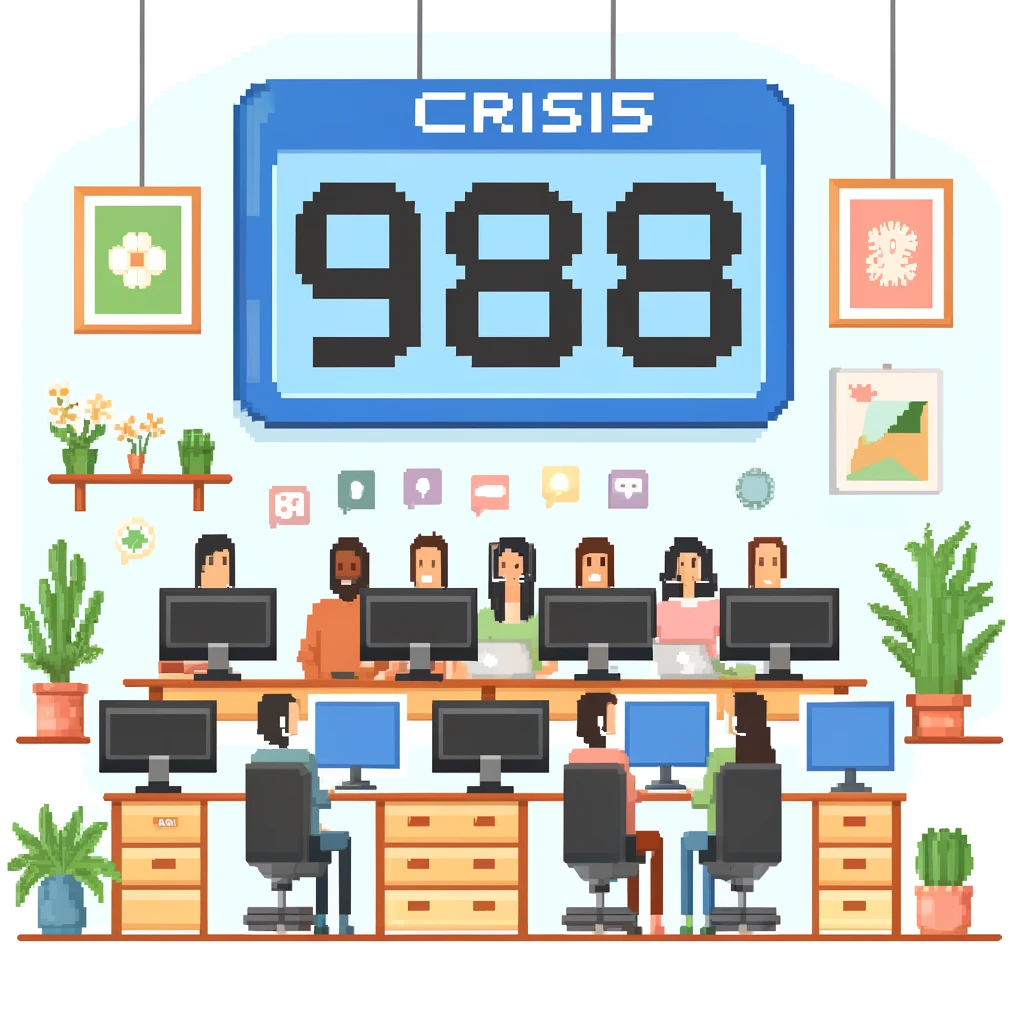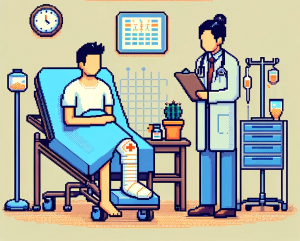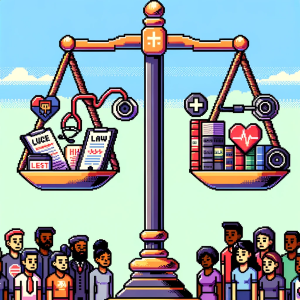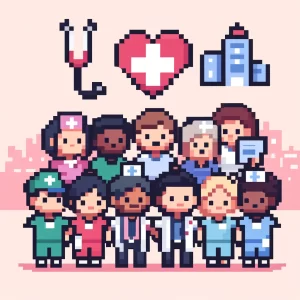
Transforming Crisis Care Through 988 Lifeline
Imagine you’re facing a mental health crisis. You’re scared, alone, and don’t know where to turn. In such moments, a simple, three-digit number—988—can be a lifeline. The 988 Lifeline connects individuals in crisis to immediate support, guiding them toward the help they need. Recently, a comprehensive evaluation was conducted to understand how well the 988 Lifeline is working, what challenges it faces, and what improvements can be made. This blog will break down the evaluation results, highlight their significance for policy, and explore how they can help improve crisis care across the United States.
The Structure of Crisis Support Systems
State structures and investments play a crucial role in the success of the 988 Lifeline. Each state, territory, Tribal, and local entity has its approach to implementing the 988 system. Evaluating these structures helps identify key facilitators—like effective leadership and adequate funding—and barriers, such as insufficient resources or lack of coordination. By understanding these elements, policymakers can make informed decisions to enhance the support system.
Integration of Services
One of the core aspects of the evaluation was understanding how well different crisis service providers integrate their efforts. Integration means ensuring that mental health services, crisis intervention, and follow-up care work seamlessly together. The evaluation revealed both successes and areas needing improvement. Some states have developed robust networks where providers collaborate effectively, while others struggle with fragmented services. The findings emphasize the importance of continued investment in integrated service models, fostering partnerships with Tribal Nations, and addressing behavioral health disparities.
Communication and Coordination
Effective communication and coordination among Behavioral Health and Crisis Service Centers (BHCSC) are vital for helping individuals at imminent risk. The evaluation highlighted several strategies that enhance coordination, such as regular communication channels and collaborative partnerships. However, challenges remain, especially in areas with limited resources. Improving these aspects can significantly impact how quickly and effectively help is provided to those in crisis.
Profile of Crisis Workers
Crisis workers are the backbone of the 988 Lifeline. The evaluation developed a national profile of these workers, examining their demographics, credentials, language skills, and experience. This profile helps identify gaps in the workforce and areas where additional training or recruitment efforts are needed. For example, increasing the number of bilingual crisis workers can improve accessibility for non-English speakers (along with the recently implemented Spanish-speaking subnetwork), ensuring that everyone receives the help they need.
Impact on Emergency Services and Criminal Justice
One of the key questions the evaluation aimed to answer was how the 988 Lifeline affects emergency department utilization and criminal justice system involvement. The findings indicate that the 988 Lifeline has the potential to reduce the burden on emergency services by providing timely and appropriate care. Additionally, by offering immediate support, the 988 Lifeline can prevent situations from escalating to the point where law enforcement intervention is necessary, contributing to cost savings and better outcomes for individuals in crisis.
Significance for Policy
The evaluation results provide valuable insights for shaping public health policies. Policymakers can use these findings to advocate for increased funding, improved coordination, and expanded training programs. By addressing the identified challenges and building on the successes, we can enhance the effectiveness of the 988 Lifeline and ensure that it meets the needs of all individuals in crisis.
Let Us Know in the Comments
- What steps can be taken to improve the training and recruitment of crisis workers to better meet the needs of diverse populations?
- How can communities better support the integration of crisis services to ensure seamless care for individuals in crisis?
Summing Up
The 988 Lifeline is a critical resource for those experiencing mental health crises, and the recent evaluation provides a roadmap for its improvement. By understanding the state structures, service integration, communication strategies, workforce profiles, and impact on emergency services, we can make informed decisions to strengthen this vital support system. As we continue to refine and enhance the 988 Lifeline, we move closer to a future where everyone in crisis can access the help they need promptly and effectively.
Become a Health Innovator – Get Weekly Updates!
Join the forefront of public health innovation with “This Week in Public Health.” Each issue keeps you up-to-date with the latest in research, community health, and advocacy. This newsletter is more than just updates – it’s your tool for being an informed and active member of the health community. Subscribe for free and be part of a group dedicated to making a real difference in public health.
About the Author
Jon Scaccia, with a Ph.D. in clinical-community psychology and a research fellowship at the US Department of Health and Human Services with expertise in public health systems and quality programs. He specializes in implementing innovative, data-informed strategies to enhance community health and development. Jon helped develop the R=MC² readiness model, which aids organizations in effectively navigating change.



